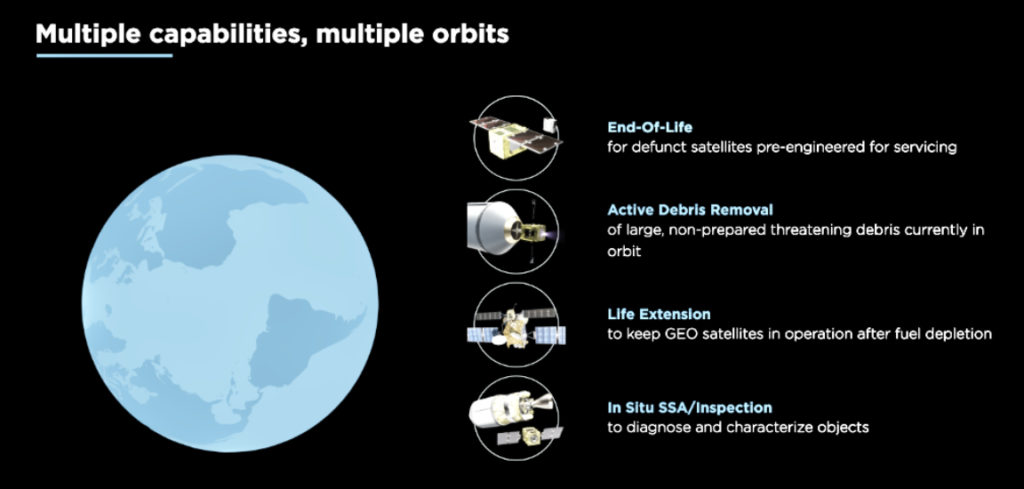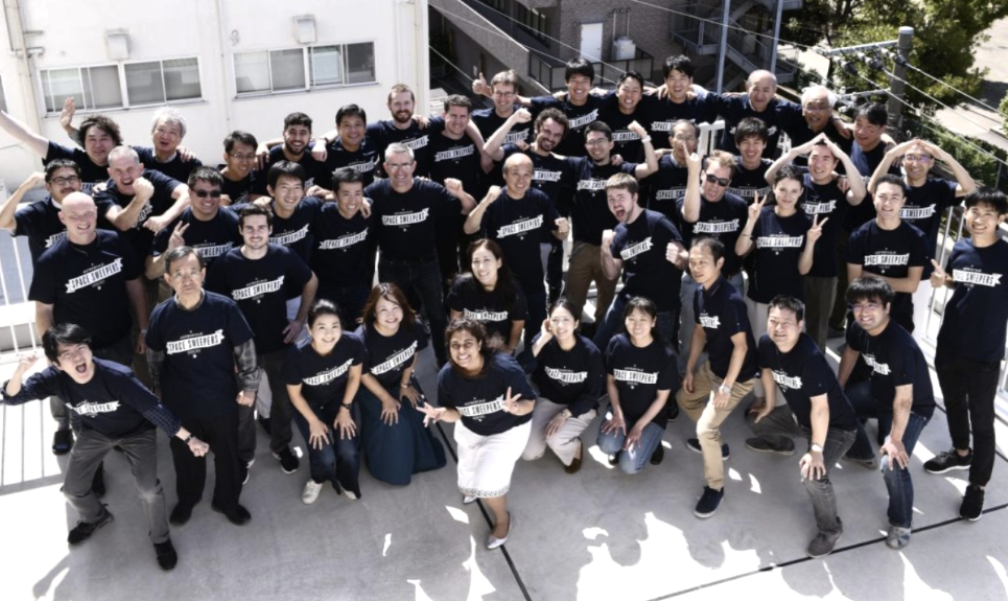
Astroscale Holdings Inc. (“Astroscale”) has announced that, despite several unexpected setbacks, the company’s End-of-Life Services by Astroscale-demonstration (ELSA-d) mission successfully completed further controlled close-approach rendezvous operations between its two spacecraft in orbit.
The technologies proven in this demonstration include tracking of an object from a great distance, rendezvous with an uncontrolled object, and handover from absolute navigation to relative navigation for servicing LEO spacecraft. These capabilities are essential for rendezvous and proximity operations and on-orbit servicing, and this demonstration is unprecedented for a commercially funded mission in LEO.
ELSA-d is the world’s first commercial mission to prove the core technologies necessary for on-orbit satellite servicing in LEO. The mission, which consists of two satellites — a servicer designed to safely remove debris from orbit and a client that serves as a piece of replica debris — was launched as a stack into a 550 km. orbit from the Baikonur Cosmodrome in Kazakhstan in March of 2021. The first demonstration, in which the servicer released the client and manually performed magnetic docking, was completed on August 25, 2021, successfully validating the capture system, on-board sensors and cameras.

Capture demonstration began on January 25. After successful release of the client from the servicer’s magnetic capture system, the servicer successfully maintained a distance of 30 meters from the client through the use of autonomous relative station-keeping algorithms, with input from the servicer’s lower power radio (LPR) sensor. After successfully demonstrating this important rendezvous capability for more than seven hours, anomalous spacecraft conditions were detected.
For the safety of the mission, the ELSA-d team decided not to proceed with the capture attempt. The servicer and client were further separated to allow the team to investigate several issues from a safe distance and by doing so, the spacecraft drifted farther apart, to a maximum distance of approximately 1,700 kilometers.
The biggest challenge of the latest demonstration was replanning the rendezvous approach with the use of only four of the eight thrusters on the servicer. This restricted the ability of the servicer to perform detailed rendezvous maneuvers with the client as originally planned. While a system issue had an impact on three of the thrusters, the root cause for the loss of one thruster is not clear and is under joint investigation by Astroscale and Bradford/ECAPS, the thruster supplier for the ELSA-d mission.
Several carefully planned maneuvers were conducted over the past two months to prepare the servicer for a controlled close approach rendezvous with the client. On April 7, using the limited set of available thrusters, the servicer successfully maneuvered to a distance of 159 meters from the client. The ability of the servicer to search for and detect the client was validated, enabling a transition from absolute navigation, which relies on GPS and ground-based observations, to relative navigation, using on-board sensors. This handover has been the most challenging operation of the ELSA-d mission so far and is widely recognized as one of the more difficult capabilities to prove for satellite servicing operations.
With the completion of this critical operation, the servicer has, once more, been maneuvered away from the client and will remain at a stable distance for several months. During this time, the team will analyze the next phase of the mission, including the potential for a safe and viable magnetic recapture of the client.

Despite not yet being able to complete the autonomous capture demonstration, the ELSA-d mission has proven several key technologies required for capturing orbital debris, including:
- Autonomous guidance, navigation and control algorithms
- Closed loop control with on-board navigation sensors
- Autonomous thruster rendezvous maneuvering and attitude control
- Navigation of a servicer spacecraft from 1,700 km. to within 160 meters of a client using absolute navigation techniques (GPS and ground-based observations)
- Transition from absolute navigation to relative navigation using on-board LPR sensor
- More than one year of servicer and client satellite in-orbit mission operations
- Magnetic capture mechanism using a docking plate
As a validation of these pioneering capabilities, ELSA-d has received numerous awards and accolades for breaking new ground for space sustainability and on-orbit servicing.

“The journey to reunite the servicer and client, along with the successful completion of switching from absolute to relative navigation, have allowed us to prove even more key technologies and operational capabilities required for commercial end-of-life debris removal services,” said Seita Iizuka, ELSA-d Project Manager. “Proving these capabilities gives us, and our partners, greater confidence in our debris removal service developments, and I congratulate the team on this impressive achievement.”
